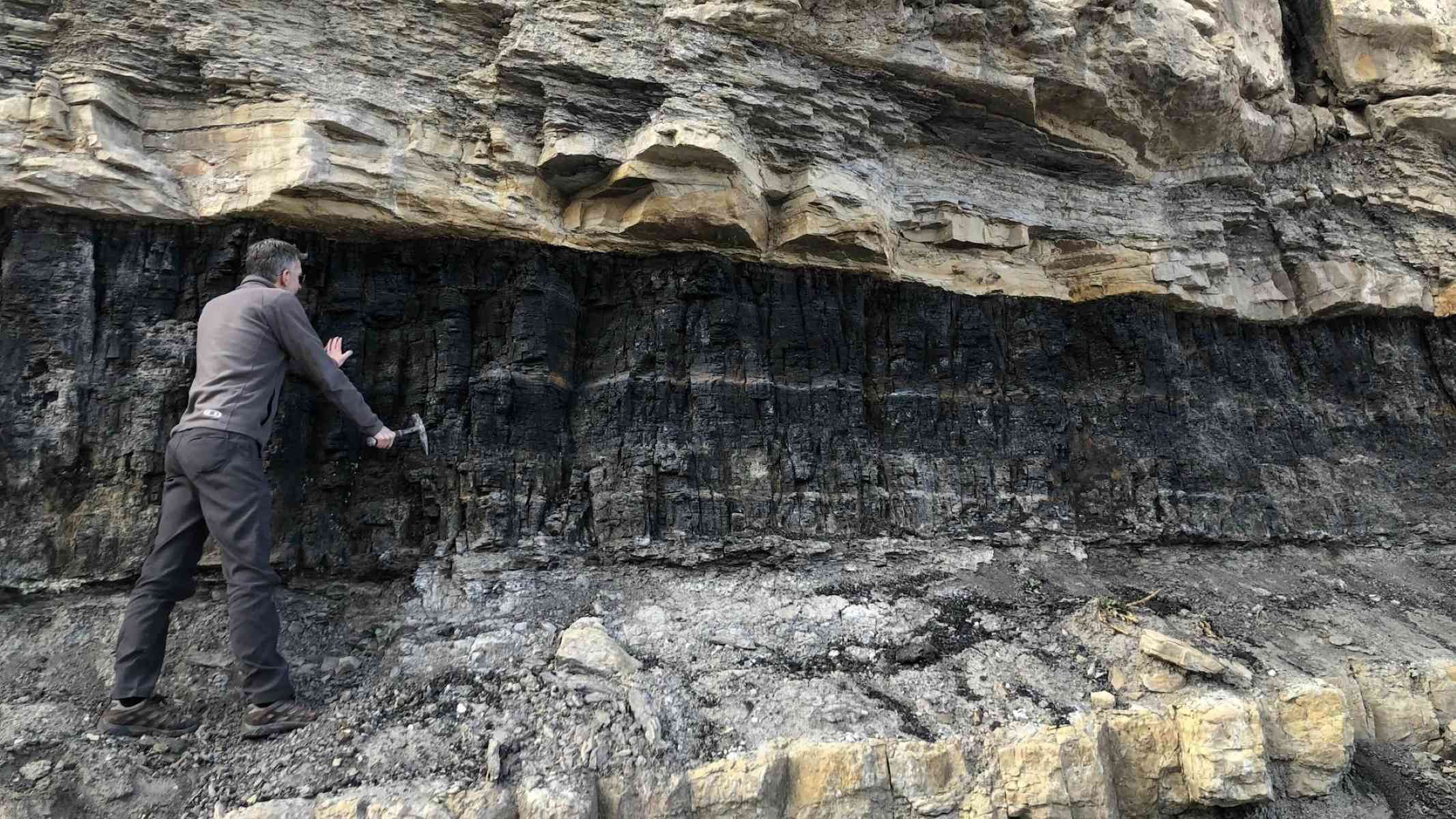Secrets Of Earth’s Hidden Rare Elements

Have you ever wondered where the rarest elements on Earth come from? These hidden treasures, often buried deep within the planet, play crucial roles in our daily lives. From powering our smartphones to enabling advanced medical treatments, rare elements are essential. But how do we find them, and what makes them so special? In this article, we will explore the origins, uses, and challenges of extracting these valuable resources. Whether you're a science enthusiast or just curious about the world around you, join us as we uncover the secrets of Earth's hidden rare elements.
The Fascination with Rare Elements
Rare elements are like hidden treasures buried deep within the Earth. These elements, often found in remote locations, play crucial roles in technology, medicine, and industry. Let's uncover some of the most intriguing places where these rare elements are found.
1. Mountain Pass, California
Mountain Pass in California is a significant source of rare earth elements. This site is rich in minerals like cerium, lanthanum, and neodymium, which are essential for manufacturing electronics, magnets, and batteries.
2. Bayan Obo, China
Bayan Obo, located in Inner Mongolia, is the world's largest rare earth mine. It produces a variety of rare elements, including dysprosium and terbium, which are vital for making high-performance magnets and other advanced technologies.
3. Kvanefjeld, Greenland
Greenland's Kvanefjeld is known for its vast deposits of uranium and rare earth elements. The elements found here are crucial for renewable energy technologies, such as wind turbines and electric vehicles.
4. Mount Weld, Australia
Mount Weld in Western Australia is one of the richest sources of rare earth elements outside of China. The site contains significant amounts of neodymium and praseodymium, used in electric motors and wind turbines.
5. Norilsk, Russia
Norilsk, situated in Siberia, is famous for its platinum group metals. These metals, including platinum, palladium, and rhodium, are essential for catalytic converters in vehicles and various industrial applications.
6. Congo Basin, Democratic Republic of Congo
The Congo Basin is a major source of cobalt, a rare element critical for rechargeable batteries in smartphones, laptops, and electric vehicles. The region's rich mineral deposits make it a key player in the global tech industry.
7. Cornwall, United Kingdom
Cornwall in the UK has a long history of mining, and it's now being explored for its lithium deposits. Lithium is a crucial component of rechargeable batteries, making Cornwall an important site for future energy storage solutions.
8. South Africa's Bushveld Complex
The Bushveld Complex in South Africa is one of the largest sources of platinum group metals. These metals are used in various industrial processes, including the production of catalytic converters and jewelry.
9. Madagascar
Madagascar is home to significant deposits of graphite, a rare element used in batteries, lubricants, and as a moderator in nuclear reactors. The island's unique geology makes it a key location for graphite mining.
10. Brazil's Araxá
Araxá in Brazil is rich in niobium, a rare element used to strengthen steel and in superconducting materials. This makes Araxá an important site for industries requiring high-strength materials.
11. India's Bastar District
The Bastar District in India is known for its deposits of bauxite, the primary ore of aluminum. Aluminum is essential for various industries, including aerospace, construction, and packaging.
12. Canada's Sudbury Basin
The Sudbury Basin in Ontario, Canada, is one of the world's largest sources of nickel. Nickel is crucial for stainless steel production and various alloys used in industrial applications.
The Value of Earth's Hidden Rare Elements
Earth's hidden rare elements hold immense value. These elements are crucial for technology, medicine, and industry. They power smartphones, electric cars, and medical devices. Mining and refining them can be challenging, but the rewards are significant. Countries with rich deposits often have a strategic advantage.
Understanding the importance of these elements helps us appreciate their role in our daily lives. It also highlights the need for sustainable practices in their extraction and use. As technology advances, the demand for rare elements will only grow. This makes it essential to find new sources and improve recycling methods.
In short, rare elements are vital to our modern world. Their hidden nature makes them even more precious. By valuing and managing them wisely, we can ensure they continue to benefit society for generations to come.

